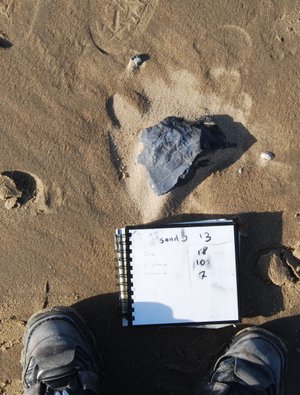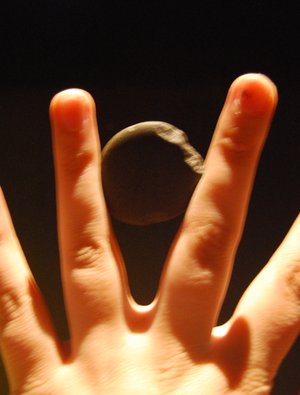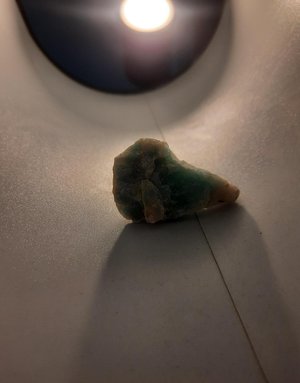Artistic Research Papers
.
.




The sound of a faraway city slowly waking up
Like the blood rushing in your ears
Like your brain outgrowing your skull
Like the waves crashing
Like floating underwater
Like the last spark of a campfire falling on the frozen floor
Sssssh